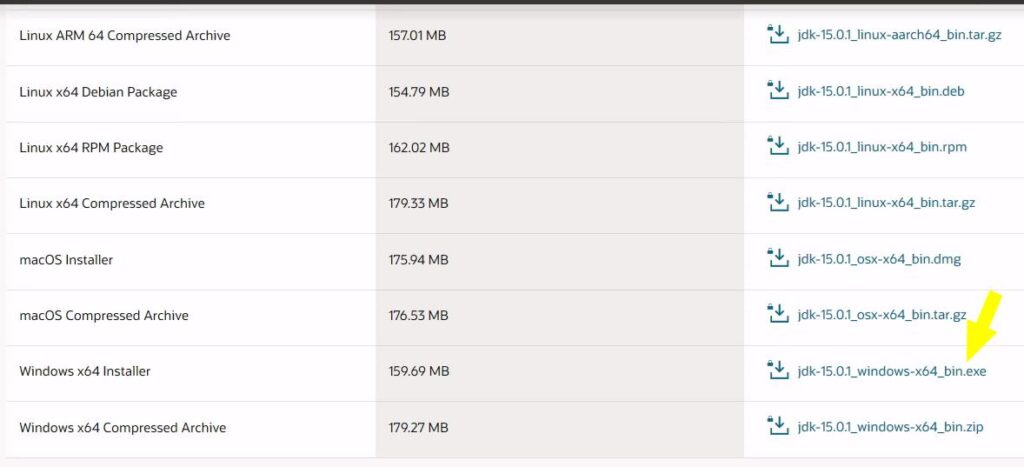



Let's check it out.įor demonstration purposes, I've created a docker daemon in a virtual machine with 1GB of RAM using "docker-machine create -d virtualbox -virtualbox-memory '1024' docker1024". Tools like ' top', ' free', ' ps', and even the JVM is not optimized for executing inside a container, a highly-constrained Linux process. However, some applications that collect information from the execution environment have been implemented before the existence of cgroups. This isolation is possible due to a Linux kernel feature called cgroups. Containers are more similar to isolation mechanisms where the resources (CPU, memory, filesystem, network, etc.) for one process are isolated from another. We tend to think that containers are just like Virtual Machines where we can completely define a number of virtual CPUs and virtual memory. This blog post takes a straightforward approach to show developers what they should know when packaging their Java applications inside Linux containers. Many developers are (or should be) aware that Java processes running inside Linux containers ( docker, rkt, runC, lxcfs, etc) don't behave as expected when we let the JVM ergonomics set the default values for the garbage collector, heap size, and runtime compiler. When we execute a Java application without any tuning parameter like "java -jar mypplication-fat.jar", the JVM will adjust by itself several parameters to have the best performance in the execution environment.


 0 kommentar(er)
0 kommentar(er)
